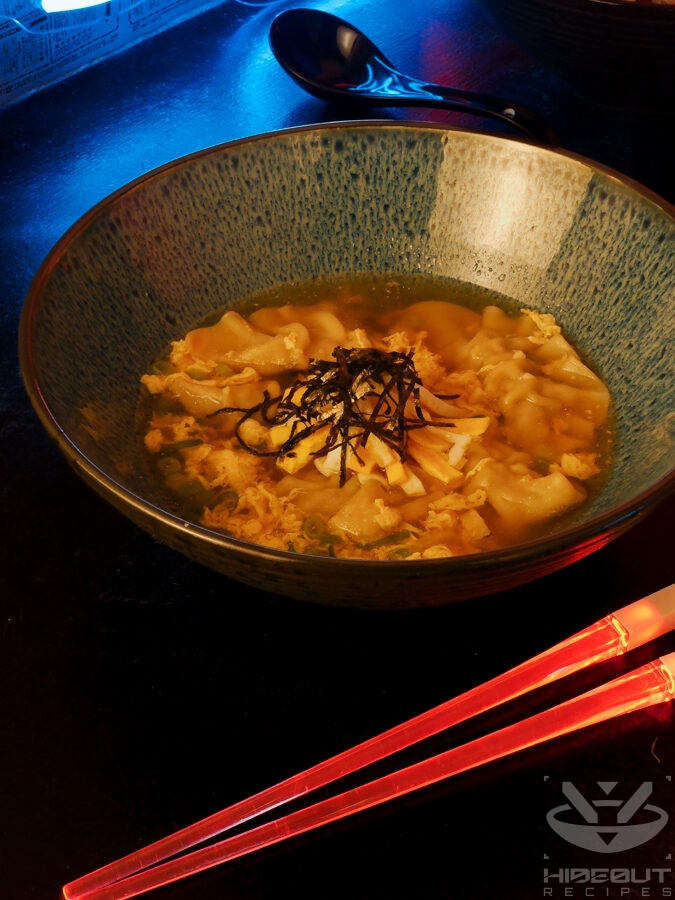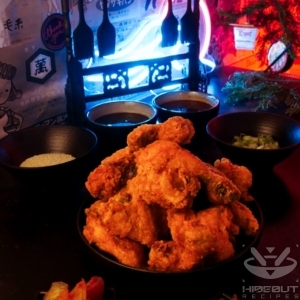Not every good dish is complicated, and vice versa. Once the frozen dumplings are thawed and the broth is ready to go, Manduguk is quick to throw together and will soon become a favorite in your repertoire.
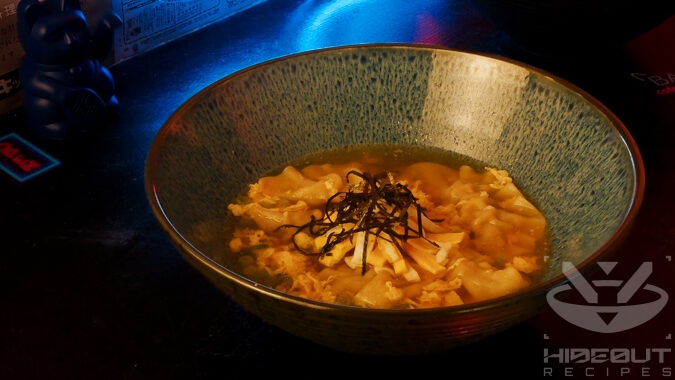
Just use frozen dumplings, nobody can tell the difference.
The Chef

The recipe can be done pretty quickly, but you need to take some small steps 1-2 hours ahead of time: Start soaking the seaweed for the stock, and take out the frozen dumplings to let them thaw at room temperature. Once the soaking time is up, get back to the kitchen to prepare the eggs, garlic, and green onions as the stock is simmering. With everything ready to go, assembling the dish will take only a few more minutes.
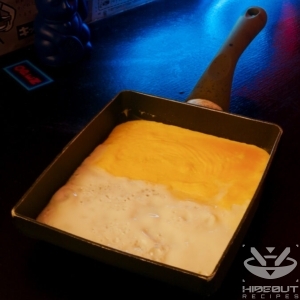
Part the egg
If you are confused by the (optional) decorative egg topping: Yes, the idea is to separate the egg yolk(s) and egg white(s), then fry them up separately, and slice them. I do both in the same pan, specifically a Tamagoyaki pan to get them perfectly rectangular. Afterwards, just tilt it onto a cutting board and slice into thin strips.
Ingredients and variations
A few additional notes on some of the ingredients:
- The mandu I used are pretty big, weighing in around 35g per piece. If yours are smaller (e.g. if you’re using gyoza), increase the amount to get to a total of around 175g per serving. As for the dumpling filling, you can choose whatever you like, but I recommend going for something with a strong flavor (I liked kimchi & pork) since the soup stock is rather mild.
- Manduguk can also be made with beef stock, which is more flavorful, but also takes much more time and effort.
- Like so much Korean food, this soup is often served with cold pickles (such as kimchi) on the side. I left it out to keep the recipe simple, but feel free to add pickles as desired.
- In my experience, it doesn’t matter whether the frozen anchovy for the broth have their heads removed or not. Some recipes differentiate, but I’ve never noticed a difference.
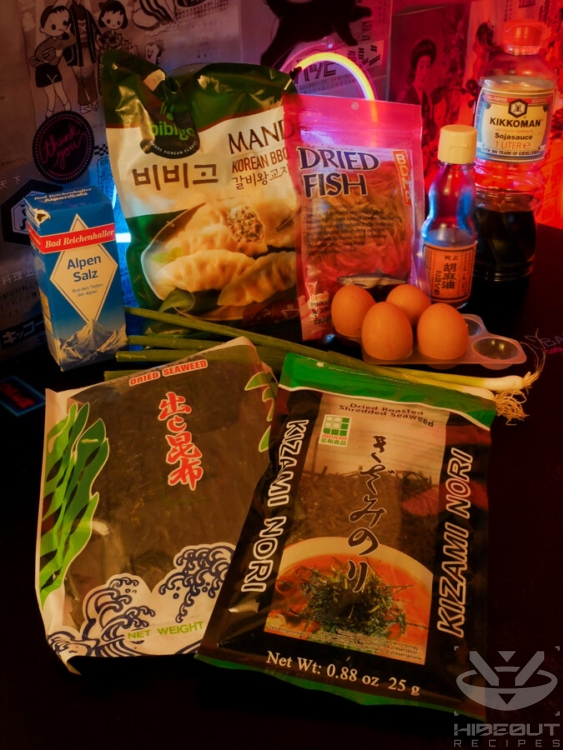
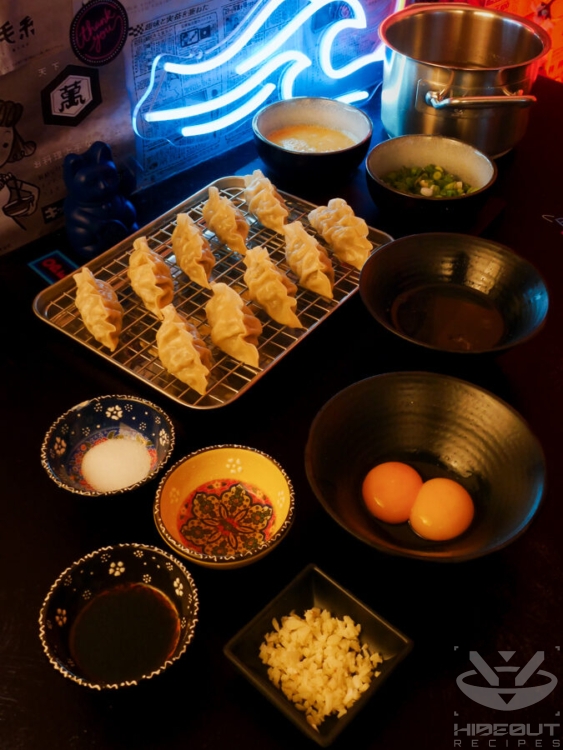
Recipe credit
Like most of my recipes, I started this one out by basing it largely on an existing one, specifically the Manduguk recipe by My Korean Kitchen. I’ve since practiced it many times, made changes to the ingredients and steps (sometimes very few, sometimes many), and written up as much additional advice as I could based on my own experience.
Manduguk
Equipment
- 1 Spice ball or strainer optional
Ingredients
For the stock
- 1.5 l water
- 1 sheet kombu seaweed about 10 g
- 30 g dried anchovies frozen
For the soup
- 10 Korean dumplings around 350g
- 3 cloves garlic
- 1 tbsp soy sauce
- 1 tsp sesame oil roasted
- 2 stalks green onion
- 4 eggs half of which are optional garnish
- 0.5 tsp fine salt
- some kizami nori if available
Instructions
Prepare ahead of time
- If using frozen dumplings, take them out of the freezer now for thawing.
- Put the water and kombu into a large pot. Let soak for at least one hour.
Make the stock
- (While you're waiting for the stock over the next few steps, I recommend getting the egg topping and soup preparation steps below done.)
- Put the dried anchovies into a spice ball or strainer and add to the pot with water and kombu.
- Put over medium heat and keep at a simmer for about 10 minutes.
- Remove the kombu and simmer the anchovies for another 10 minutes.
- Remove the anchovies.
- If desired, strain through a cheese cloth or similar to get rid of any impurities.
Fry the egg topping (optional)
- Separate the yolks and whites of the egg(s) reserved for the topping. Stir in separate bowls until they break.
- Fry them separately in some neutral oil. You can do this sequentially or side by side in one frying pan, especially if you have a tamagoyaki pan.
- Transfer to a cutting board and slice them thinly. Set aside for garnish later.
Prepare the soup
- Peel and mince the garlic. Thinly slice the green onions.
- Crack the remaining eggs into a bowl and scramble.
Make the soup
- Bring the soup stock to a boil over medium high heat.
- Add the soy sauce and garlic.
- Once the stock is rolling boiling, add the dumplings. They will be done after around 5 minutes, depending on their size.
- Slowly drizzle the beaten egg into the pot like you would for egg drop soup.
- Add the sesame oil, green onion slices, and salt.
- Spread the soup to bowls and top with the mandu.
- Garnish with the seaweed and optional egg white and yolk (see photos).
